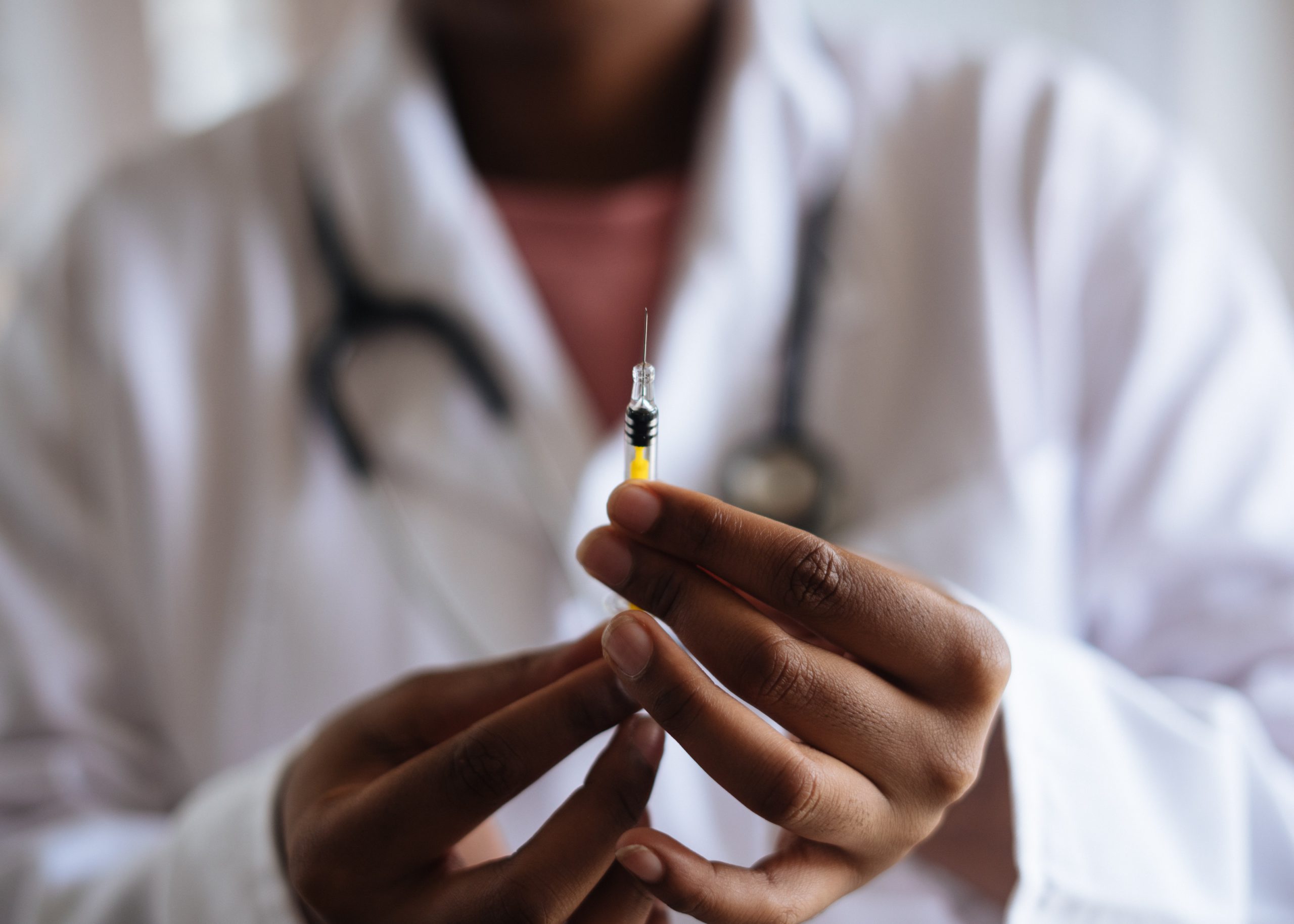
Venipuncture: Definition and Importance: Have you ever wondered what happens when you visit a healthcare professional and they draw blood from your arm? That intriguing and somewhat mysterious procedure is called venipuncture, and understanding it can help demystify the process and put your mind at ease. In this article, we’ll delve into the world of venipuncture, exploring its purpose, procedure, importance, and potential risks. So let’s unlock the mystery and discover why venipuncture is something everyone should know about!
What Is Venipuncture?
Venipuncture is a medical procedure that involves puncturing a vein to collect a blood sample or administer medications. It is a common and essential technique used in various healthcare settings.
The Basics of Venipuncture
Before we dive into the specifics of venipuncture, let’s start with the basics. Venipuncture involves the puncturing of a vein in order to collect blood samples or administer medications. It is typically performed by healthcare professionals such as nurses, phlebotomists, or doctors. To understand venipuncture better, it’s important to have some knowledge of veins and arteries.
Veins are blood vessels that carry blood back to the heart, while arteries carry oxygenated blood away from the heart to various parts of the body. During venipuncture, a vein is selected based on its accessibility and suitability for drawing blood. Specialized tools and equipment, such as needles, syringes, and vacuum tubes, are used in this process. Additionally, proper preparation, including patient identification, consent, and hygiene, is essential to ensure a safe and successful procedure.
The Purpose of Venipuncture
Some of the primary purpose of Venipuncture is to:
- Obtain blood samples for diagnostic testing, such as checking blood cell counts, glucose levels, or cholesterol levels.
- Monitor medication effectiveness and treatment progress.
- Conduct research studies and clinical trials.
- Collect blood for blood transfusions and donations.
Procedure for Venipuncture
The venipuncture process typically involves the following steps:
Patient preparation: Explaining the procedure, obtaining consent, and ensuring patient comfort.
Vein selection: Identifying a suitable vein based on accessibility and size.
Site preparation: Cleaning and disinfecting the puncture site to minimize the risk of infection.
Needle insertion: Inserting a sterile needle into the selected vein to draw the blood sample or administer medications.
Blood collection: Using a vacuum tube or syringe attached to the needle to collect the desired amount of blood.
Post-procedure care: Applying pressure, removing the needle, and securing the puncture site with a bandage.
Healthcare professionals

Venipuncture is typically performed by trained professionals, including:
Nurses: Skilled in venipuncture techniques and frequently perform this procedure.
Phlebotomists: Specialized in drawing blood and proficient in venipuncture.
Doctors: Trained to perform venipuncture in various medical settings.
Importance of Venipuncture
Venipuncture serves various purposes in the medical field and is essential for:
Accurate diagnosis: Blood samples obtained through venipuncture provide valuable information for diagnosing diseases and monitoring conditions.
Patient care: Proper venipuncture techniques ensure patient safety, comfort, and accurate test results.
Research and medical advancements: Venipuncture plays a crucial role in medical research, clinical trials, and advancing scientific knowledge.
Blood donation: Blood banks and organizations rely on the generosity of donors to maintain an adequate supply of blood for transfusions and medical procedures.
Additionally, venipuncture plays a vital role in medical research and clinical trials. By collecting blood samples from participants, researchers can study the impact of certain medications, diseases, or treatments. These studies help advance medical knowledge and improve patient care in the long run.
Risks and Considerations of Venipuncture
While venipuncture is generally safe, there are potential risks, including:
Bruising or hematoma: Blood may accumulate under the skin at the puncture site.
Infection: Proper hygiene and disinfection protocols help minimize this risk.
Vasovagal response: Some individuals may experience fainting or dizziness due to anxiety or fear of needles.
Nerve damage or infiltration: Rare but possible if the needle punctures a nerve or enters surrounding tissues.
Tips for a successful Venipuncture

Performing a successful venipuncture requires a combination of technical skills and patient-centered care. Here are some tips to help healthcare professionals excel in this procedure:
Effective communication: Explain the procedure to the patient, address their concerns, and provide reassurance
Technical proficiency: Regular practice and continuous professional development enhance venipuncture skills
Patient-centered care: Focus on patient comfort, minimize pain, and prioritize their well-being
Sharpening Technical Skills: Continuous practice, attending workshops, and staying updated with the latest techniques and guidelines can enhance proficiency in venipuncture
Continuous Professional Development: Healthcare professionals should seek opportunities for ongoing education and training to stay updated with advancements in the field of venipuncture.
Is Venipuncture Painful?
Venipuncture may cause a slight prick or momentary discomfort, but it is generally well-tolerated. Skilled healthcare professionals aim to minimize any pain or discomfort experienced during the procedure.
How long does it take to perform a venipuncture?
The time required for venipuncture varies depending on factors such as patient cooperation, vein accessibility, and the purpose of the procedure. Generally, the entire process takes a few minutes.
Can anyone perform venipuncture?

Venipuncture is typically performed by trained healthcare professionals such as nurses, phlebotomists, or doctors who have acquired the necessary skills and knowledge to perform the procedure safely and accurately.
Are there any alternatives to venipuncture?
In some cases, alternative methods such as fingerstick or heelstick may be used to collect blood samples, especially in certain patient populations like infants or individuals with difficult vein access. However, venipuncture remains the primary method for most blood collection needs.
What should I do if I have a fear of needles?
If you have a fear of needles or medical procedures, it’s important to communicate your concerns to the healthcare professional performing the venipuncture. They can provide reassurance, distraction techniques, or even explore alternative options to make the experience more comfortable for you.
Conclusion
Venipuncture is a fundamental procedure in the medical field that serves various purposes, from diagnostics to blood donation and research. Understanding the basics of venipuncture, its importance, and potential risks can empower individuals to be more informed and engaged in their healthcare journey. Healthcare professionals play a crucial role in ensuring accurate results, patient safety, and comfort during venipuncture. By mastering venipuncture skills and staying up-to-date with best practices, they contribute to the overall quality of healthcare.
Unlocking the mystery of venipuncture demystifies the procedure and highlights its significance in modern medicine. So the next time you encounter venipuncture, you’ll have a better understanding of why it’s necessary and how it contributes to your well-being.







Recent Comments